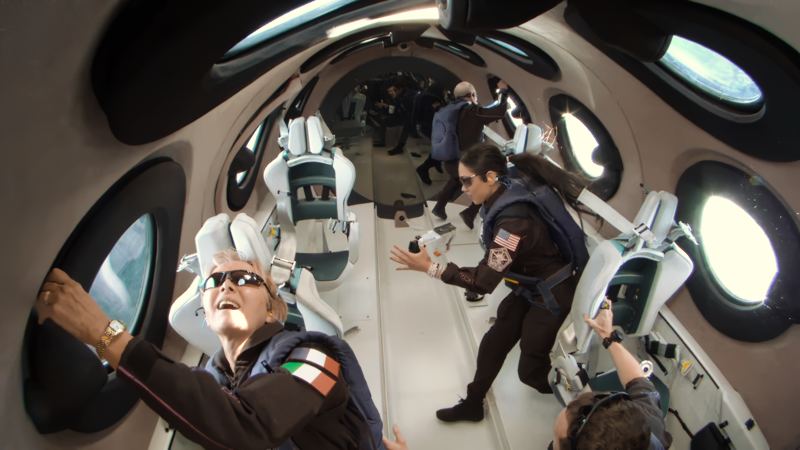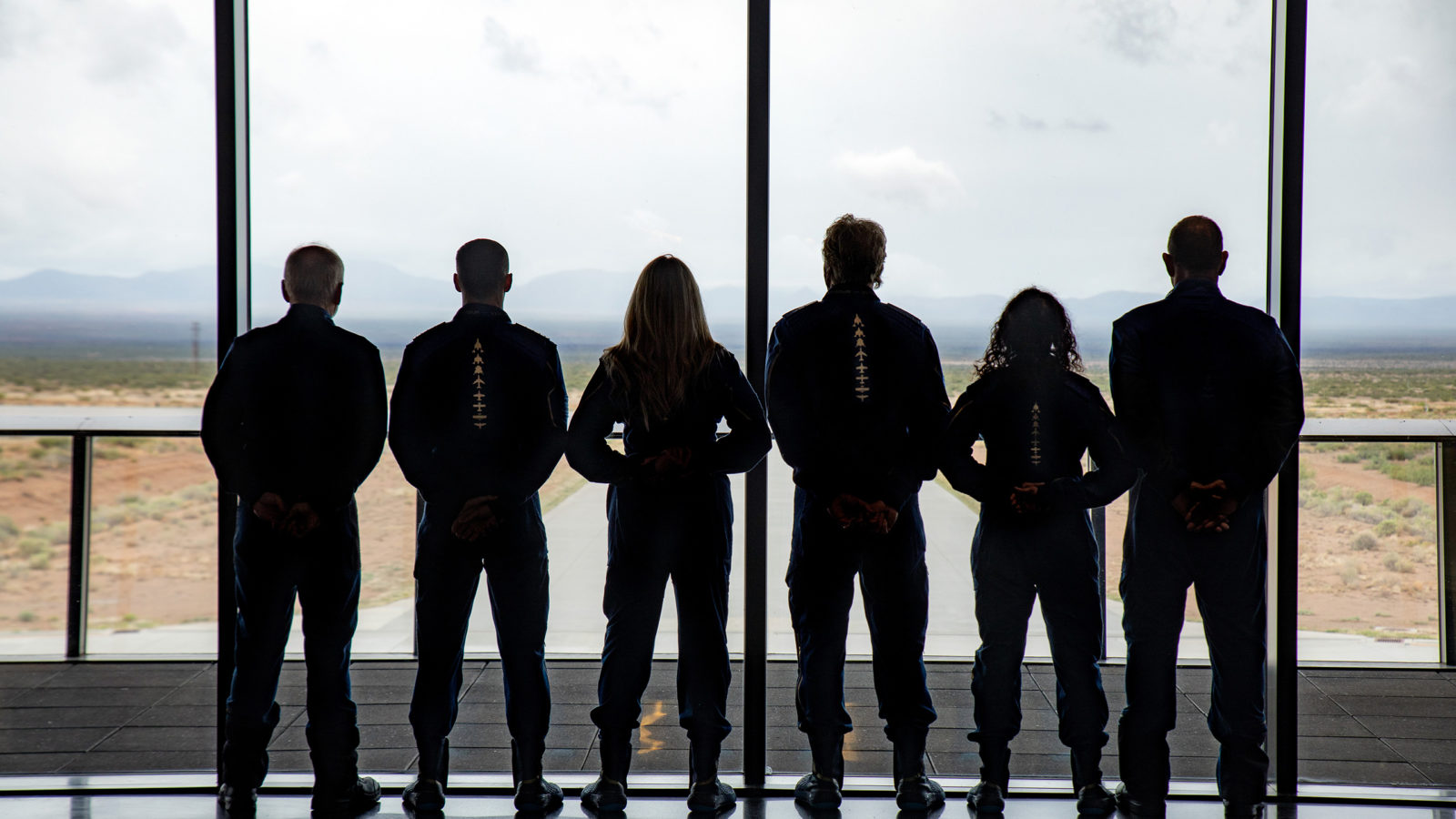On November 2, Virgin Galactic flew Unity 2 on the Galactic 05 mission. It carried two scientists, a private tourist, and an astronaut trainer on a sub-orbital trip flown by Pilots Mike Masucci and Kelly Latimer. It was the company’s sixth successful flight in six months and the last for 2023.
Continue reading “Virgin Galactic Flies Science Experiments to the Edge of Space”Virgin Galactic Flies Italians to Edge of Space for Its First Commercial Trip
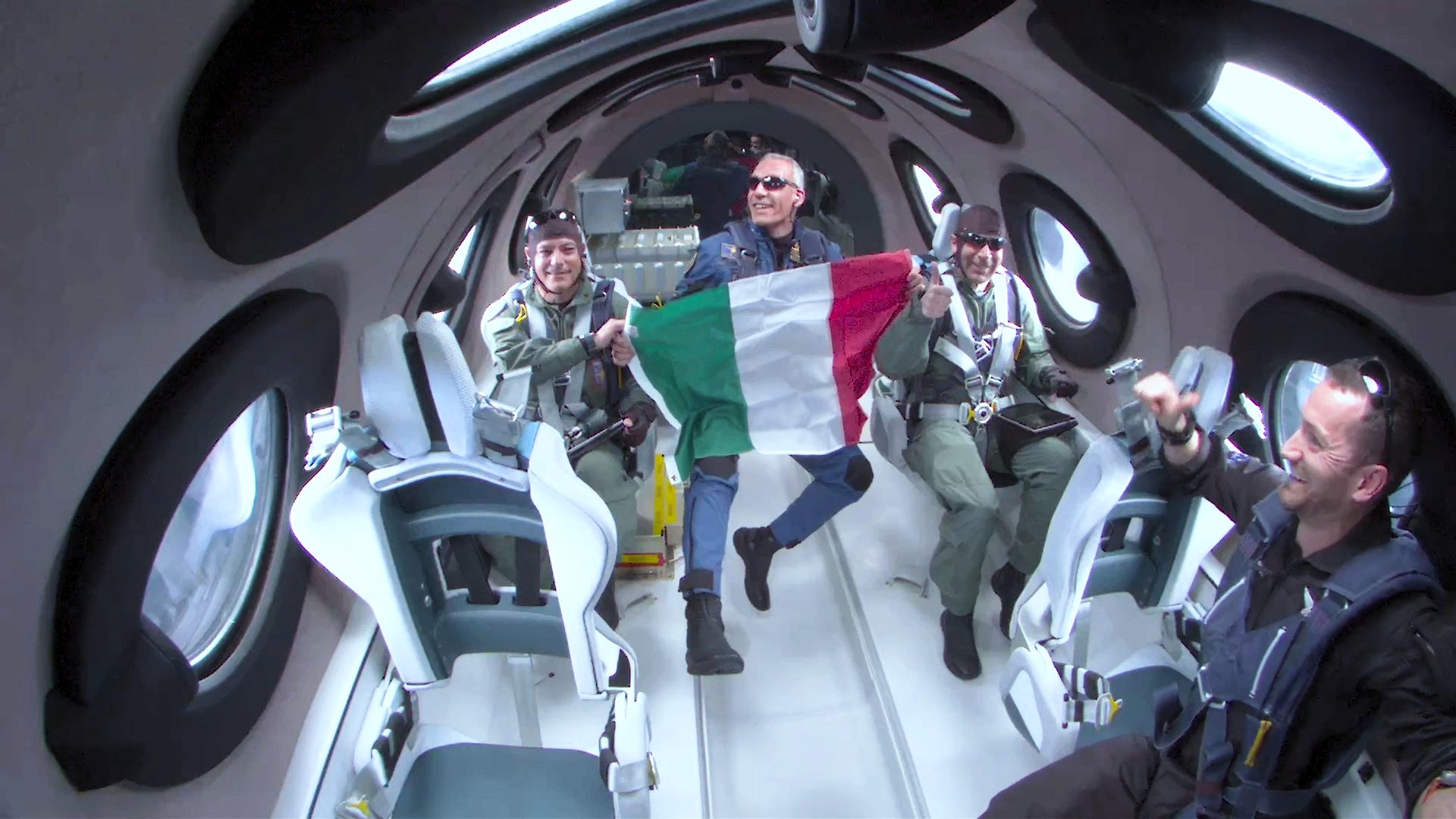
After almost two decades of ups and downs, Virgin Galactic sent its first customers to the edge of space aboard its VSS Unity rocket plane.
Today’s 72-minute-long Galactic 01 flight, which took three Italians on a suborbital research mission, marked the start of the company’s commercial operations at Spaceport America in New Mexico.
Continue reading “Virgin Galactic Flies Italians to Edge of Space for Its First Commercial Trip”Stratolaunch Buys Virgin Orbit's Rocket-Launching 747
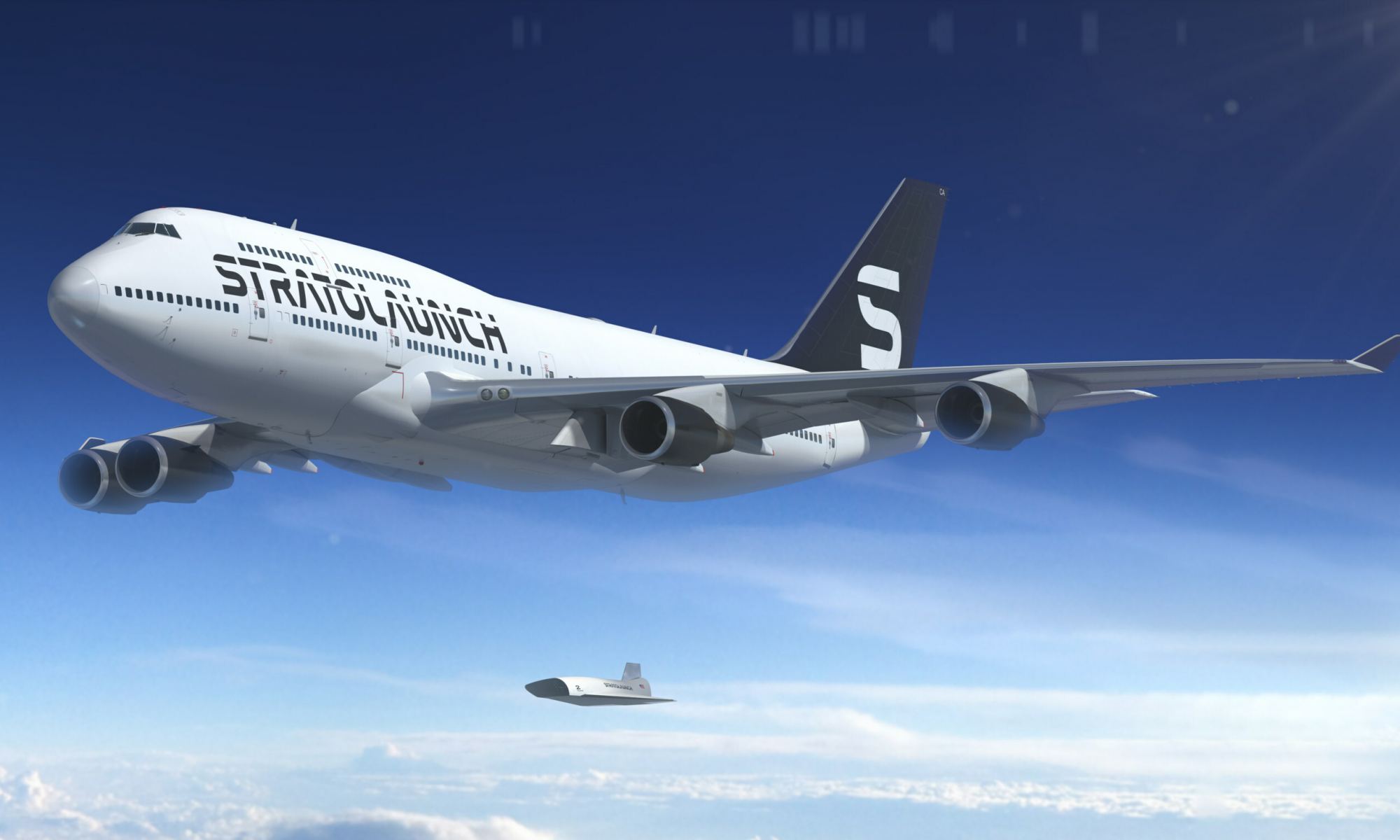
With Virgin Orbit going through bankruptcy, other launch providers are purchasing various parts of the business. This week we learned that Stratolaunch’s bid to buy Virgin Orbit’s modified Boeing 747 carrier aircraft has been approved by the U.S Bankruptcy Court, enabling Stratolaunch to use the 747 to carry its Talon-A hypersonic vehicles, ideally beginning operation by 2024.
Continue reading “Stratolaunch Buys Virgin Orbit's Rocket-Launching 747”Richard Branson and Friends Reach the Edge of Space, and Lived to Tell About it!
Early this morning, Sir Richard Branson and Virgin Galactic achieved a major milestone in the development of commercial space travel. Along with a team of specialists, Branson traveled to the edge of space aboard the VSS Unity and made it safely back to Earth. In so doing, Branson and his company have also fired the latest salvo in the ongoing race between the titans of the commercial space industry (aka. NewSpace).
Continue reading “Richard Branson and Friends Reach the Edge of Space, and Lived to Tell About it!”Richard Branson will fly on SpaceShipTwo this weekend. Welcome to the New (Edge of) Space Race!
It’s no secret that the commercial space industry (aka. NewSpace) has become immensely lucrative in recent years, nor the fact that it has become intensely competitive as a result. To illustrate, one needs to look no further than the top three NewSpace companies in the world right now: SpaceX, Blue Origin, and Virgin Galactic. Between these three companies, all founded by billionaires with similar visions, a new space race has begun.
In recent months, the race has intensified as Jeff Bezos announced that he would be going to space on the inaugural flight of the New Shepard rocket. In response, Virgin Galactic founder and CEO Richard Branson announced earlier this week that he would fly aboard the VSS Unity as it makes its latest test flight. If successful, this mission – scheduled for Sunday, July 11th (weather permitting) – will see Branson become the first billionaire to go to space.
Continue reading “Richard Branson will fly on SpaceShipTwo this weekend. Welcome to the New (Edge of) Space Race!”Virgin Galactic Reaches the Space Frontier Over New Mexico for the First Time
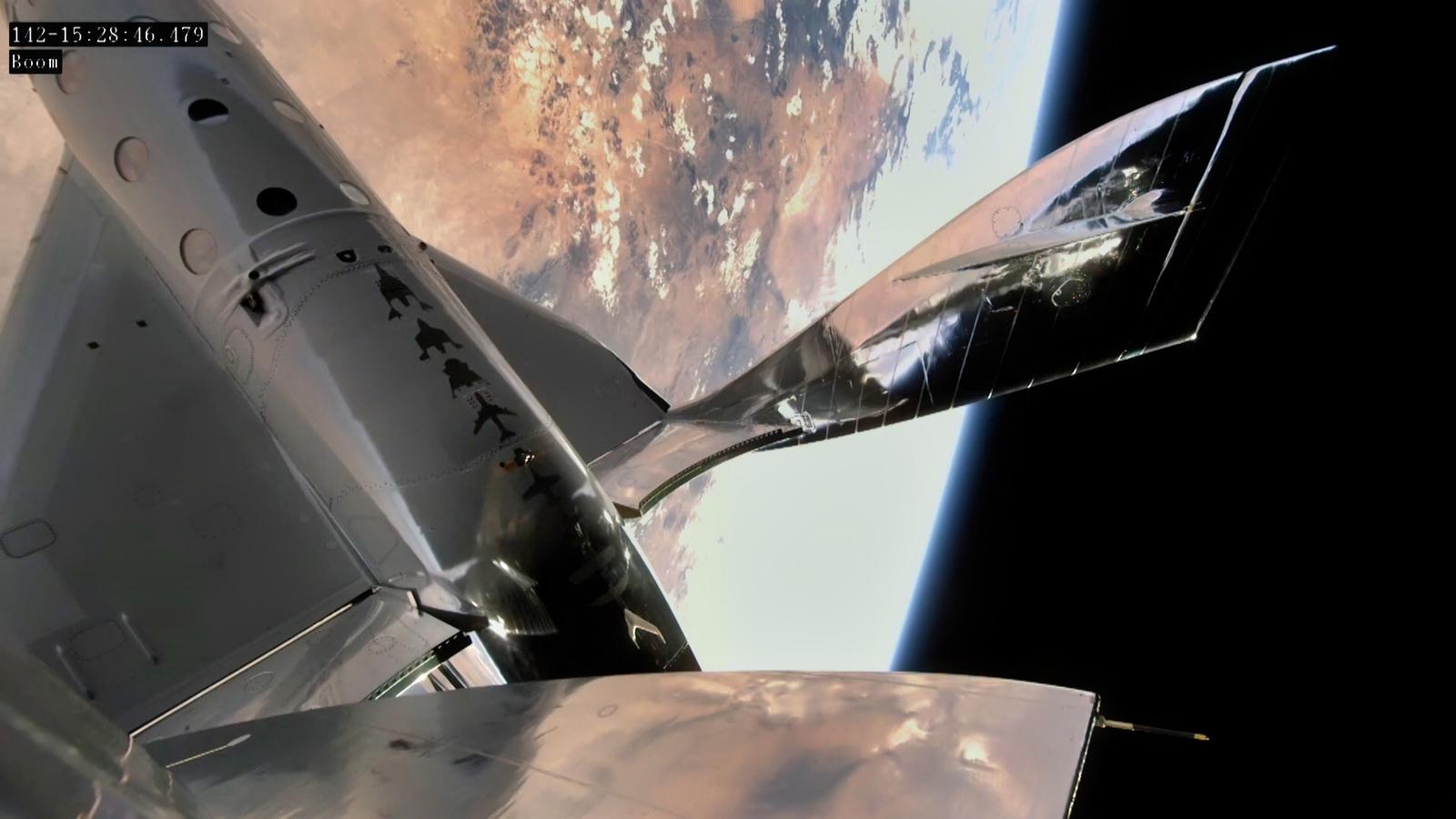
Virgin Galactic’s SpaceShipTwo rocket plane crossed its 50-mile-high space boundary over New Mexico for the first time today, after months of challenges.
The trip by VSS Unity marks the first time a spacecraft has been launched so high from a New Mexico spaceport. Unity passed the 50-mile mark twice during tests at California’s Mojave Air and Space Port, in 2018 and 2019. Since then, the plane and its WhiteKnightTwo carrier airplane, dubbed VMS Eve, have been transferred to their operational home base at New Mexico’s Spaceport America.
“Today’s flight sees New Mexico become the third U.S. state to launch humans to space,” after Florida and California, Virgin Galactic said in a post-mission press release.
Continue reading “Virgin Galactic Reaches the Space Frontier Over New Mexico for the First Time”Virgin Galactic Sends Three People to the Edge of Space. Flights with Paying Customers Around the Corner Now
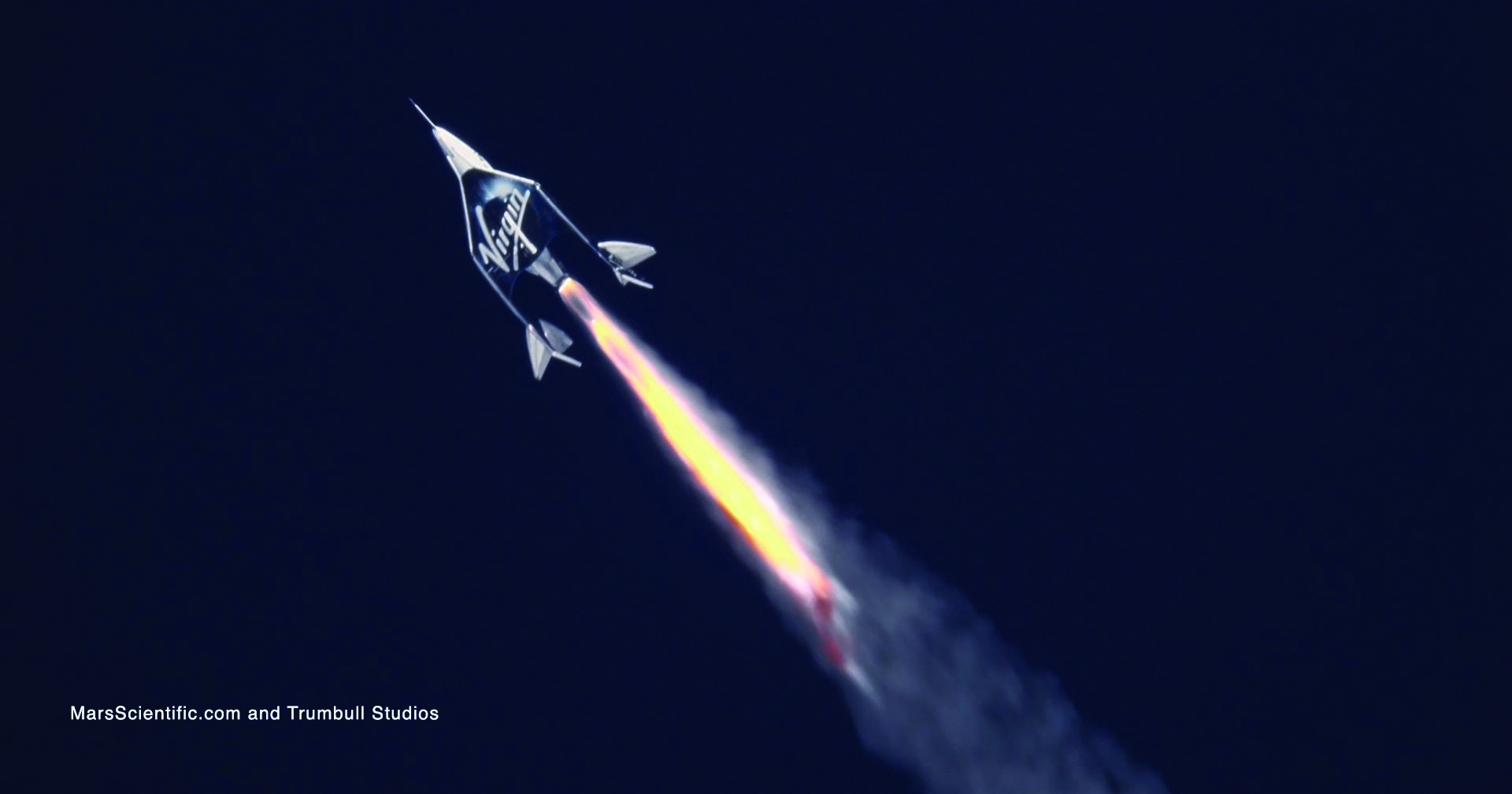
Virgin Galactic has reached another milestone in their fight test program. The VSS Unity spacecraft carried a third crew member on board, in its fifth rocket-powered test flight. It was the second time that the spacecraft reached space.
Continue reading “Virgin Galactic Sends Three People to the Edge of Space. Flights with Paying Customers Around the Corner Now”Virgin Galactic Performs the Second Test of VSS Unity, Reaching Mach 1.9
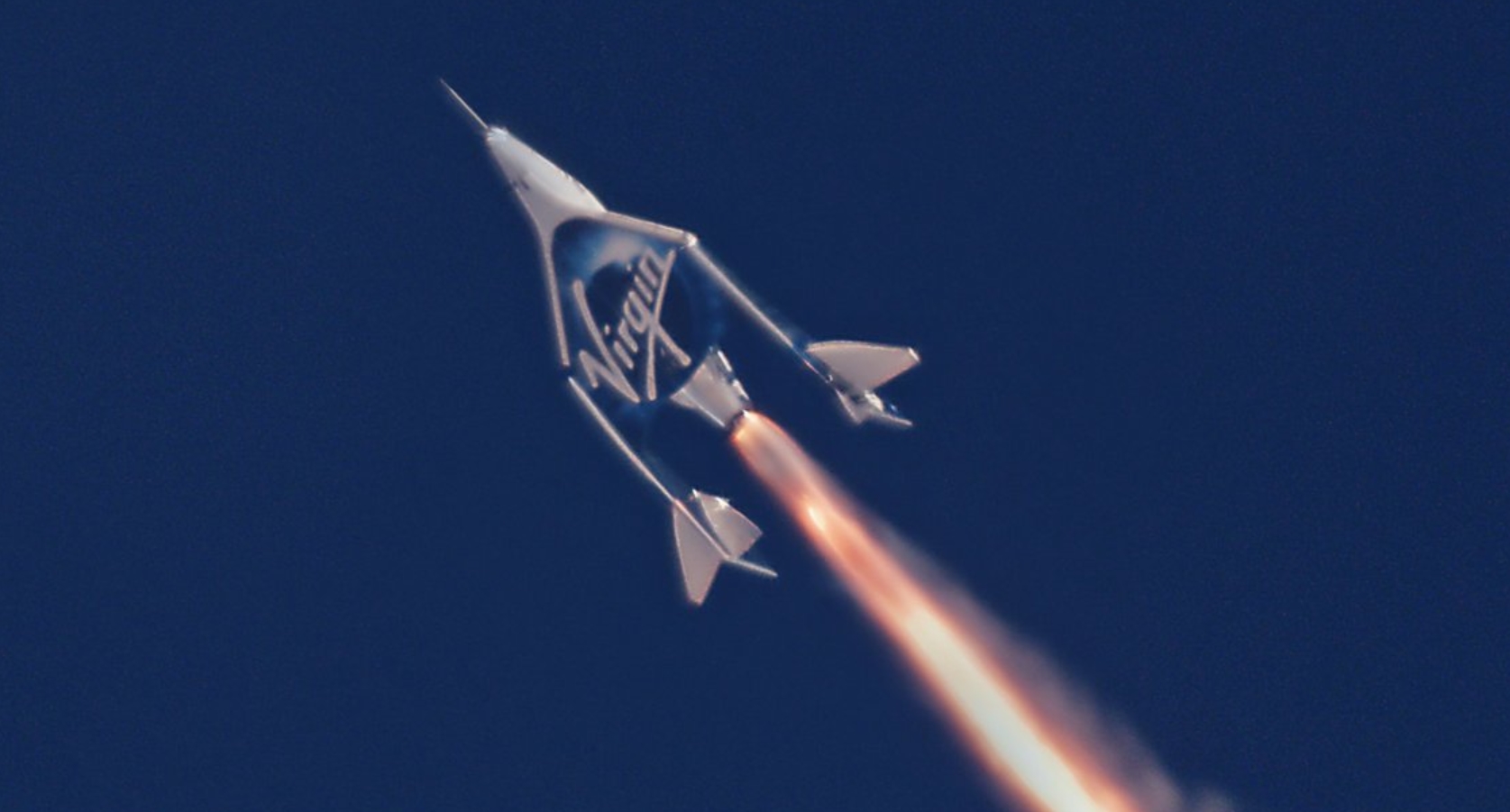
When it comes to the dream of commercial space exploration and space tourism, a few names really stand out. In addition to Elon Musk and Jeff Bezos, you have Richard Branson – the founder and CEO of the Virgin Group. For years, Branson has sought to make space tourism a reality through Virgin Galactic, which would take passengers into suborbit using his SpaceShipTwo class of rocket planes.
Unfortunately, Virgin Galactic suffered a number of setbacks in recent years, at the same time that competitors like SpaceX and Blue Origin emerged as competitors. However, the VSS Unity (part of the Virgin Galactic fleet) recently conducted its second powered test flight from the Mojave Air and Space Port on Tuesday, May 29th. While this test is years behind schedule, it marks a significant step towards Branson’s realization of flying customers to space.
This was the second time that the VSS Unity flew since 2014, when the VSS Enterprise suffered a terrible crash while attempting to land, killing one pilot and injuring the other. The first propulsive test took place two months ago after several additional tests were performed on the craft. And with that last success, Virgin Galactic moved ahead with its second powered test earlier this week.
Today VSS Unity completed her second powered test flight in less than 2 months. Great job to all involved! #SpaceShipTwo pic.twitter.com/Iy7qAkweSC
— Virgin Galactic (@virgingalactic) May 29, 2018
The focus of the latest test flight was to learn more about how the spaceship handles at supersonic speeds. It was also intended to test the control system’s performance when the vehicle was closer to its ultimate commercial configuration. As the company stated, “This involved shifting the vehicle’s center of gravity rearward via the addition of passenger seats and related equipment.”
This statement is a possible indication that the test program is reaching the final stretch before Virgin Galactic allows passengers on the vehicle. However, the company will need to conduct a full-duration flight (which will include a full-duration burn of its rocket motor) before that can happen. This latest test involved only a partial rocket burn, but nevertheless demonstrated the spacecraft’s capabilities at supersonic speed.
The company live-tweeted the entire event, which began at 8:34 AM with the VSS Unity and its carrier mothership (VMS Eve) taxing out to the runway for final checks. For this flight, the pilots were Dave Mackay and Mark “Forger” Stucky while CJ Sturckow and Nicola Pecile piloted of the carrier aircraft. At We have take-off. VMS Eve & VSS Unity have taken to the skies and have begun their climb.”
By 9:43 AM, the company announced that the VSS Unity had detached from the VMS Eve and was “flying free”. What followed was a series of live-tweets that indicated the ignition of the VSS Unity’s rocket motor, the shutting down of the motor, and the raising of the tail fins to the “feathered” re-entry position. By 9:55 AM, the company announced a smooth landing for the VSS Unity, signaling the end of the test.
Back on the ground pic.twitter.com/iIrj6jIFM4
— Virgin Galactic (@virgingalactic) May 29, 2018
Branson, who was at the Mojave Air and Space Port for the test, released the following statement shortly thereafter:
“It was great to see our beautiful spaceship back in the air and to share the moment with the talented team who are taking us, step by step, to space. Seeing Unity soar upwards at supersonic speeds is inspiring and absolutely breathtaking. We are getting ever closer to realizing our goals. Congratulations to the whole team!”
Branson was also at the center to take in a tour of the facilities of The Spaceship Company (TSC), a sister company of Virgin Galactic that is responsible for developing Virgin Galactic’s future fleet. While there, Branson viewed the next two spaceships that TSC is currently manufacturing, as well as the production facilities for TSC’s spaceship rocket motors.
With the latest test flight complete, the company’s teams will be reviewing the data from this flight and making preparations for the next flight. No indication has been given as to when that will be, or if this test flight will include a full-duration burn of the motor. However, Branson was very happy with the test results, stating:
“Today we saw VSS Unity in her natural environment, flying fast under rocket power and with a nose pointing firmly towards the black sky of space. The pathway that Unity is forging is one that many thousands of us will take over time, and will help share a perspective that is crucial to solving some of humanity’s toughest challenges on planet Earth.”
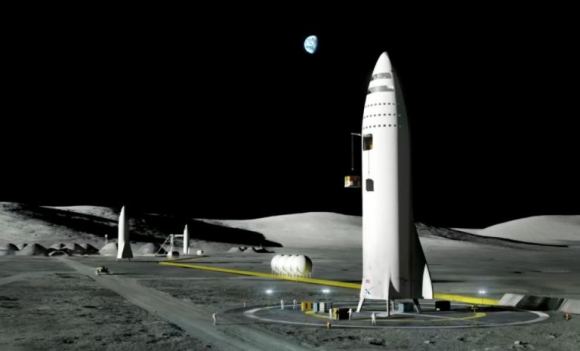
Meanwhile, Bezos continues to pursue his plans for sending passengers into orbit using his fleet of New Shepard rockets. And of course, Musk continues to pursue the idea of sending tourists to the Moon and Mars using his Big Falcon Rocket (BFR). And with many other private aerospace ventures looking to provide trips into orbit or to the surface of the Moon, there is sure to be no shortage of options for going into space in the near future!
And be sure to check out this video of the VSS Unity’s second test flight, courtesy of Virgin Galactic:
Further Reading: NASA Space Flight
Stephen Hawking Is Going To The Edge Of Space
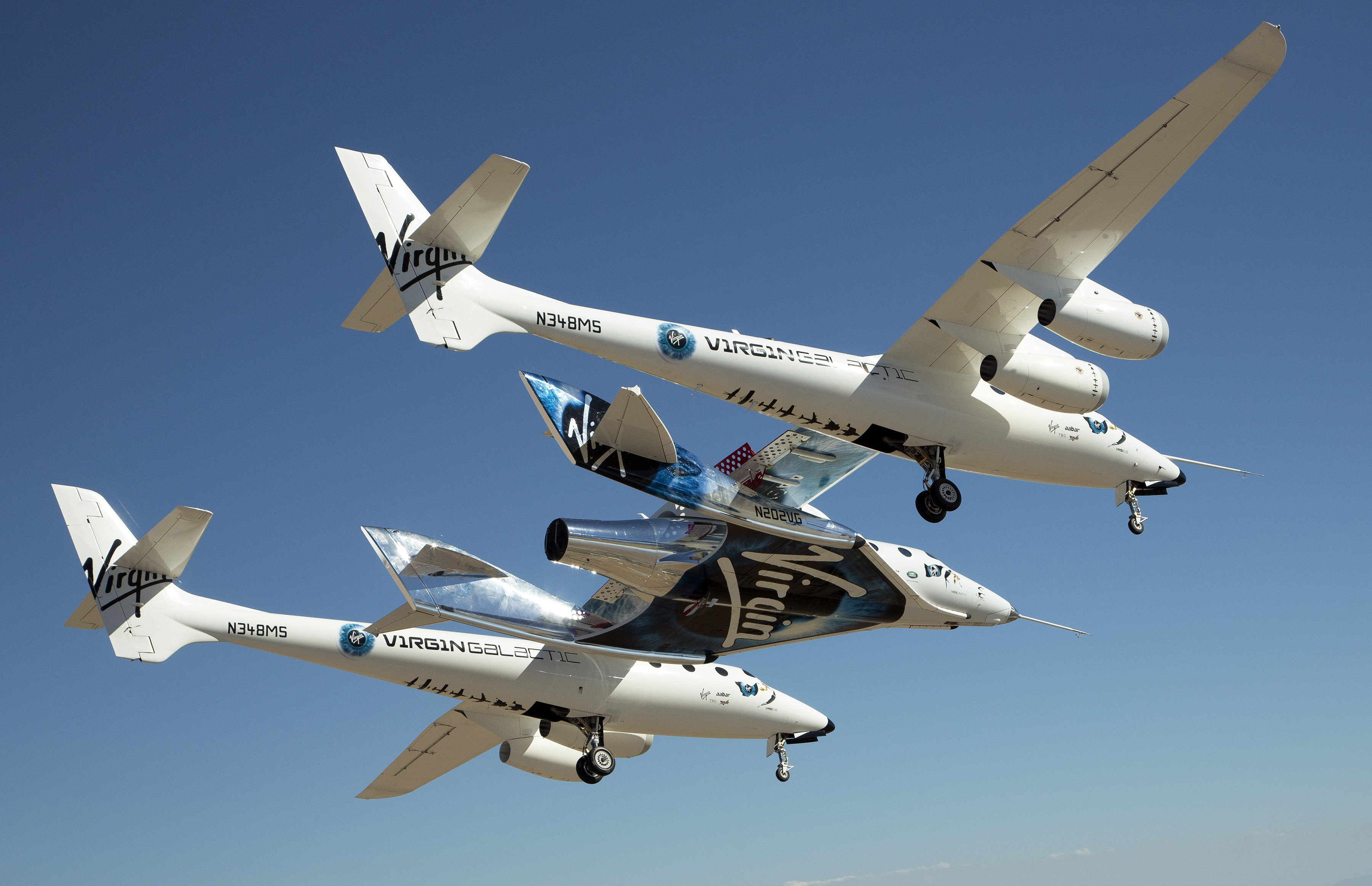
Stephen Hawking has spent decades theorizing about the Universe. His thinking on black holes, quantum gravity, quantum mechanics, and a long list of other topics, has helped shape our understanding of the cosmos. Now it looks like the man who has spent most of his adult life bound to a wheel-chair will travel to the edge of space.
In an interview with Good Morning Britain, Hawking said “Richard Branson has offered me a seat on Virgin Galactic, and I said yes immediately.” Hawking added that his “three children have brought me great joy—and I can tell you what will make me happy, to travel in space.”
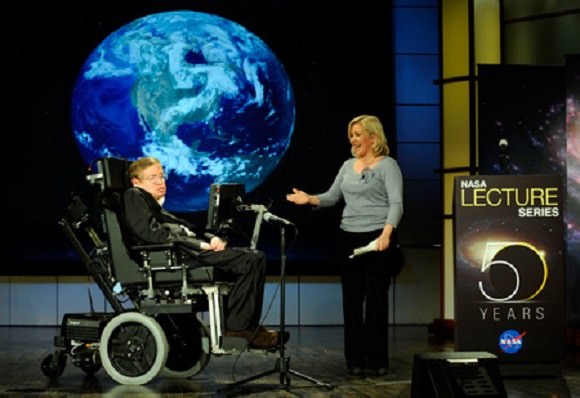
It’s all thanks to Richard Branson and his VSS Unity spaceship, which is still under development by The Spaceship Company. The Unity is designed to launch not from a rocket pad, but from underneath a carrier aircraft. By eliminating enormously expensive rocket launches from the whole endeavour, Branson hopes to make space more accessible to more people.
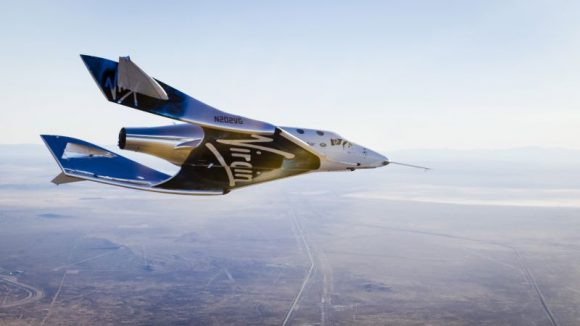
The Virgin Galactic spacecraft is carried to an altitude of about 50,000 feet, then released from its carrier aircraft. Its rocket fires for about 1 minute, which accelerates the craft to three-and-a-half times the speed of sound, then is shut off. Then, according to Virgin Galactic, passengers will experience a “dramatic transition to silence and to true weightlessness.”
As the video shows, the spacecraft is still in glide testing phase, where it is carried to altitude, then released. There is no rocket burn, and the craft glides down and lands at its base.
This spaceflight won’t be Hawking’s first experience with weightlessness, however. To celebrate his 65th birthday, Hawking travelled on board Zero Gravity Corp’s modified Boeing 727 in 2007. At the time, that zero-g flight was in preparation for a trip into sub-orbital space with Virgin Galactic in 2009. But the development of Virgin Galactic’s spacecraft has suffered setbacks, and the 2009 date was not attainable.
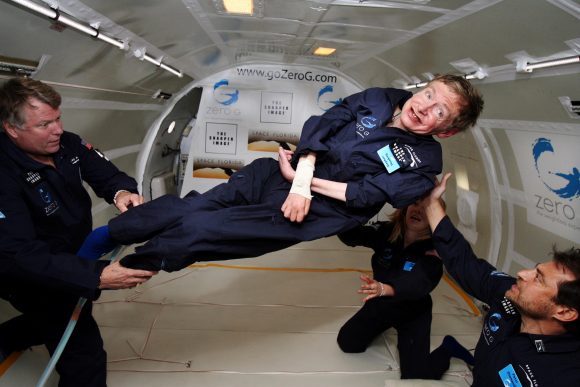
Virgin Galactic’s stated aim is to “democratize space,” albeit at a cost of US $250,000 per person. But somehow I doubt that Hawking will be paying. If anyone has earned a free trip into space, it is Dr. Stephen Hawking.
Universe Today’s Top 10 Space Stories of 2014
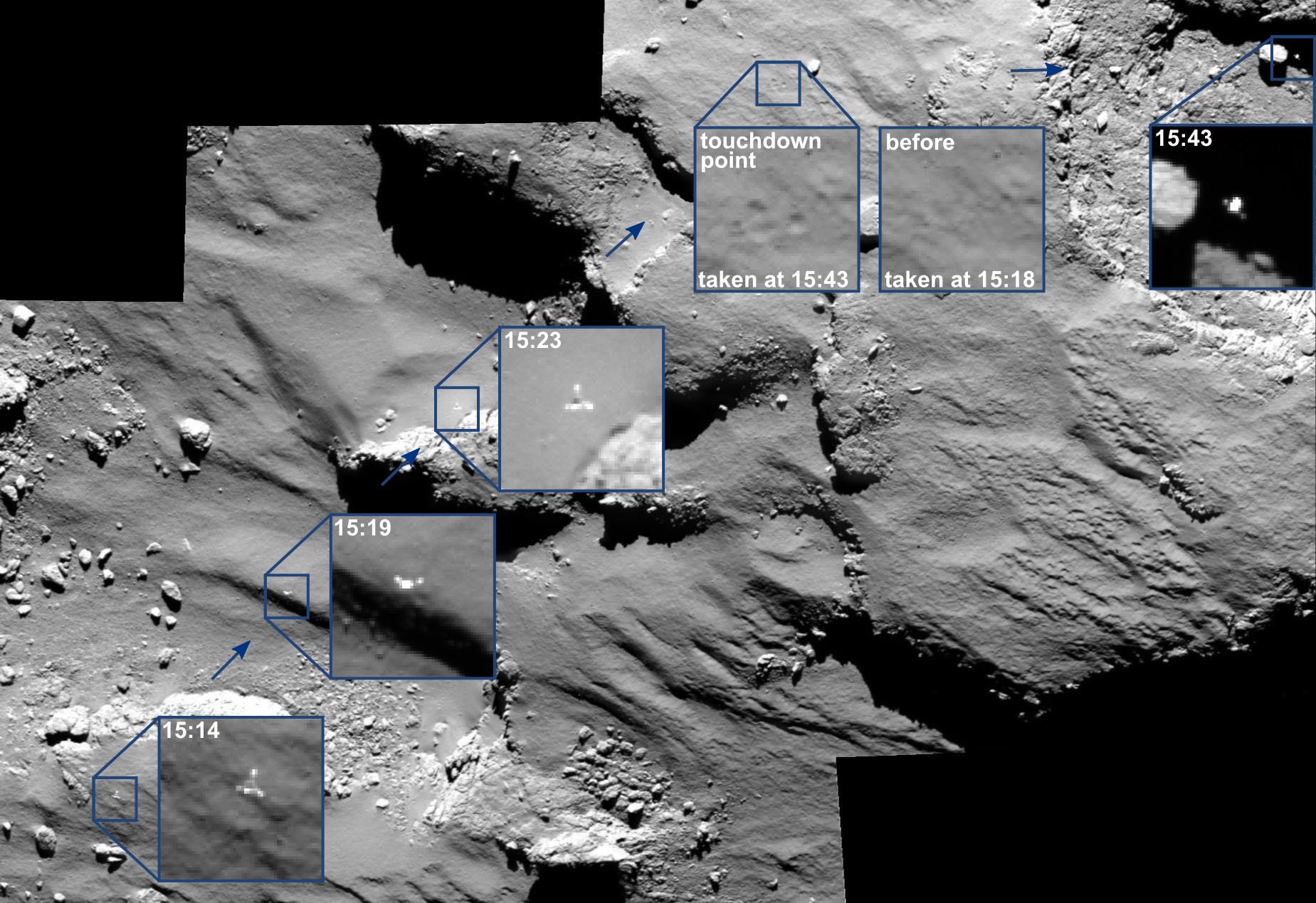
It seems a lot of the space stories of this year involve spacecraft making journeys: bouncing across a comet, or making their way to Mars. Private companies also figure prominently, both in terms of successes and prominent failures.
These are Universe Today’s picks for the top space stories of the year. Disagree? Think we forgot something? Let us know in the comments.
10. End of Venus Express
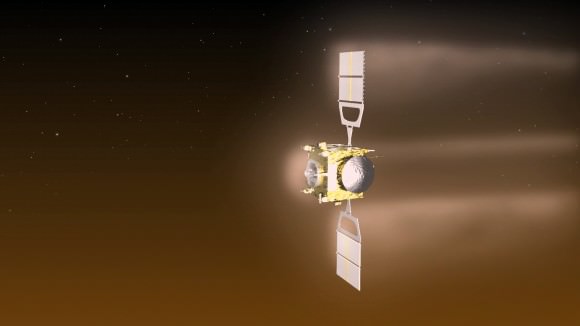
This month saw the end of Venus Express’ eight-year mission at the planet, which happened after the spacecraft made a daring plunge into part of the atmosphere to learn more about its properties. The spacecraft survived the aerobraking maneuvers, but ran out of fuel after a few engine burns to raise it higher. Soon it will plunge into the atmosphere for good. But it was a productive mission overall, with discoveries ranging from a slowing rotation to mysterious “glories”.
9. Continued discoveries by Curiosity and Opportunity
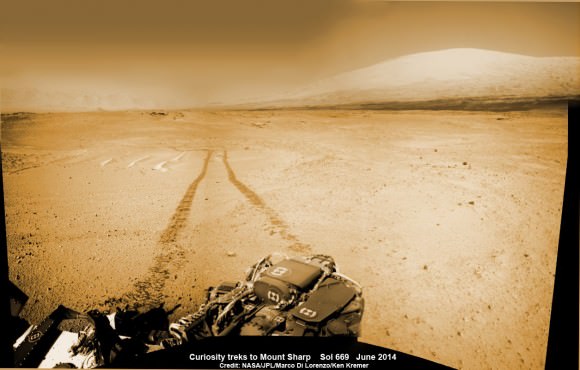
Methane? Organics? Water? Mars appears to have had these substances in abundance over its history. Continued work from the Curiosity rover — passing its second Earth year on Mars — found methane fluctuating in Gale Crater, and the first confirmed discovery of organics on the Martian surface. Opportunity is almost 11 years into its mission and battling memory problems, but the rover is still on the move (passing 41 kilometers) to an area that could be full of clay.
8. Siding Spring at Mars and the level of study of the comet by other missions at Mars
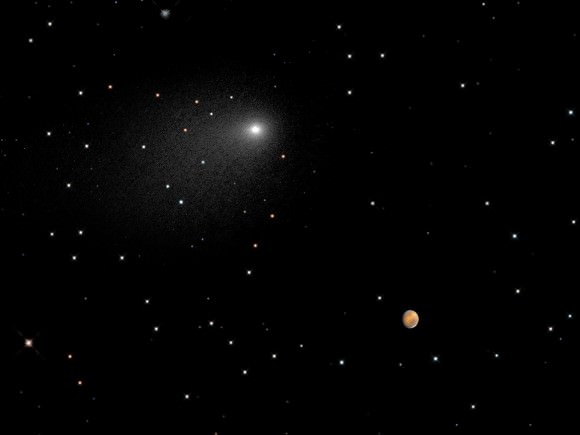
We had a rare opportunity to watch a comet make a grazing pass by Mars, not close enough to pose significant danger to spacecraft, but definitely close enough to affect its atmosphere! Siding Spring caught everyone’s attention throughout the year, and did not disappoint. The numerous spacecraft at the Red Planet caught glimpses, including from the surface and from orbit. It likely created a meteor shower and could alter the Martian atmosphere forever.
7. Kepler K2
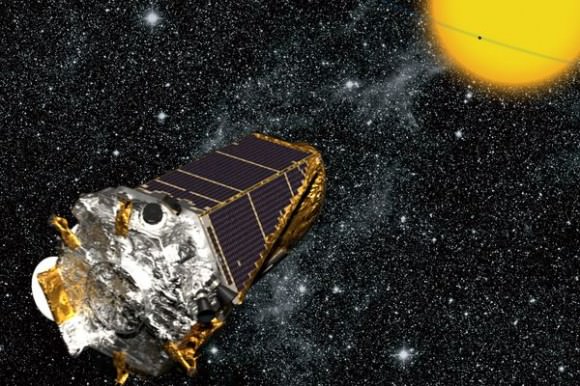
The Kepler space telescope lost the second of its four pointing devices last year, requiring a major rethink for the veteran planet hunter. The solution was a new mission called K2 that uses the pressure of the Sun to maintain the spacecraft’s direction, although it has to flip every 83 days or so to a new location to avoid the star’s glare. It’s not as precise as before, but with the mission approved we now know for sure K2 can locate exoplanets. The first confirmed one is a super-Earth.
6. MAVEN at Mars
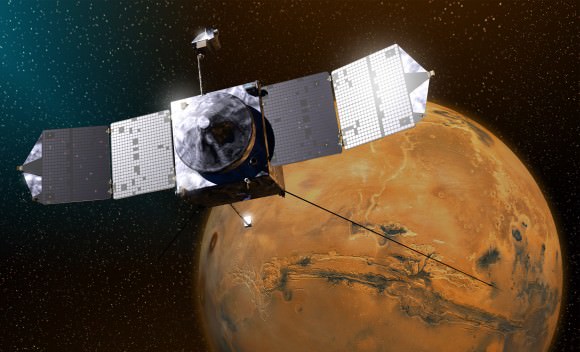
Where did the Martian atmosphere go? Why was it so thick in the past, allowing water to flow on the surface, and so thin right now? The prevailing theory is that the Sun’s pressure on the Martian atmosphere pushed lighter isotopes (such as that of hydrogen) away from the planet, leaving heavier isotopes behind. NASA is now investigating this in more detail with MAVEN (Mars Atmosphere and Volatile Evolution), which arrived at the planet this fall.
5. India’s MOM
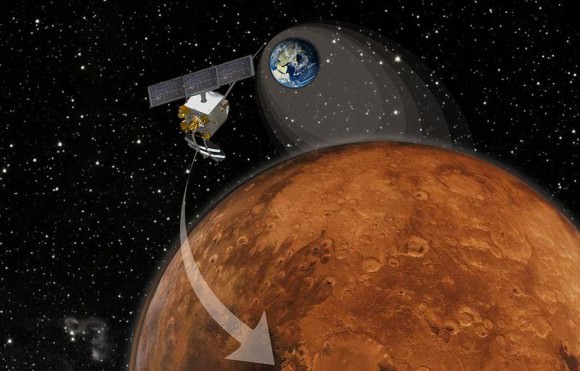
India made history this year as only the third entity to successfully reach the Red Planet (after the United States and Europe). While updates from the Mars Orbiter Mission have been slow in recent weeks, we know for sure that it observed Siding Spring at Mars and it has been diligently taking pictures of the Red Planet, such as this one of the Solar System’s largest volcano and a huge canyon on Mars.
4. Accidents by Virgin and Orbital
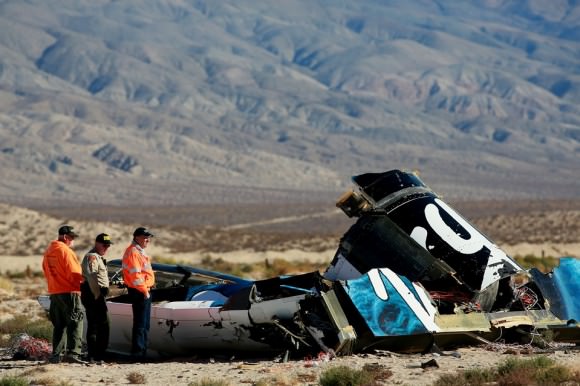
In one sobering week in October, the dangers of space travel were again made clear after incidents affected Virgin Galactic and Orbital Sciences. Virgin lost a pilot and seriously injured another when something went seriously awry during a flight test. Investigators have so far determined that the re-entry system turned on prematurely, but more details are being determined. Orbital meanwhile suffered the catastrophic loss of one of its Antares rockets, perhaps due to Soviet-era-designed engines, but the company is looking at other ways to fulfill its NASA contractual obligations to send cargo to the International Space Station.
3. SpaceX rocket landing attempts
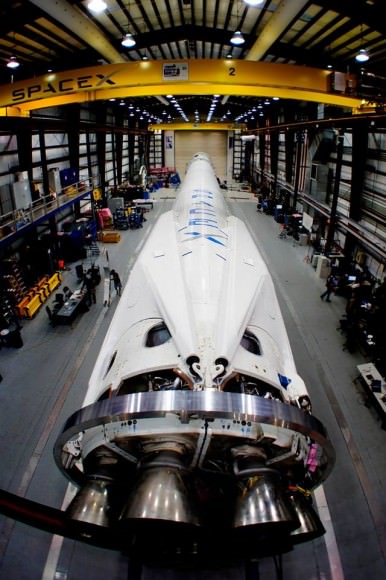
SpaceX is attempting a daunting technological feat, which is bringing back its rocket first stages for re-use. The company is hoping that this will cut down on the costs of launch in the long term, but this technological innovation will take some time. The Falcon 9 rocket stage that made it back to the ocean in July was deemed a success, although the force of the landing broke it apart. Next, SpaceX is trying to place its rocket on an ocean platform.
2. Orion flight
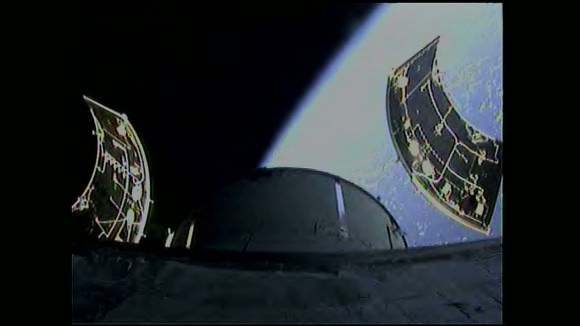
NASA’s spacecraft for deep space exploration (Orion) successfully finished its first major uncrewed test this month, when it rode into orbit, made a high-speed re-entry and successfully splashed down in the ocean. But it’s going to be a while before Orion flies again, likely in 2017 or even 2018. NASA hopes to put a crew on this spacecraft type in the 2020s, potentially for trips to the Moon, an asteroid or (more distantly) Mars.
1. Rosetta
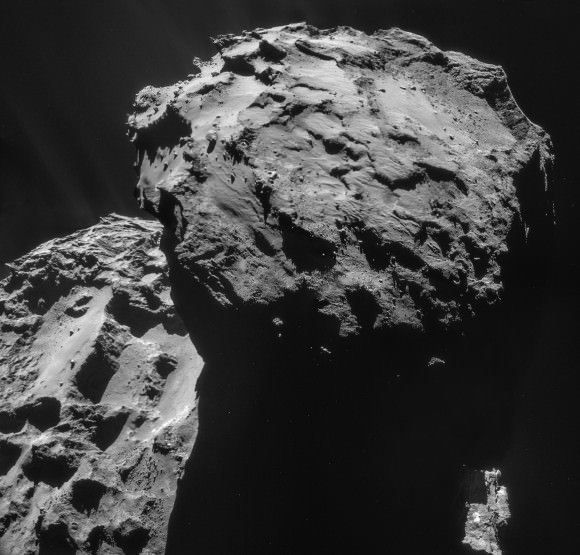
It’s been an exciting year for the Rosetta mission. First it woke up from a lengthy hibernation, then it discovered that Comet 67P/Churyumov-Gerasimenko looks a bit like a rubber duckie, and then it got up close and released the Philae lander. The soft touchdown did not go as planned, to say the least, as the spacecraft bounced for two hours and then came to rest in a spot without a lot of sunlight. While Philae hibernates and controllers hope it wakes up again in a few months, however, science results are already showing intriguing things. For example, water delivered to Earth likely came mostly from other sources than comets.

